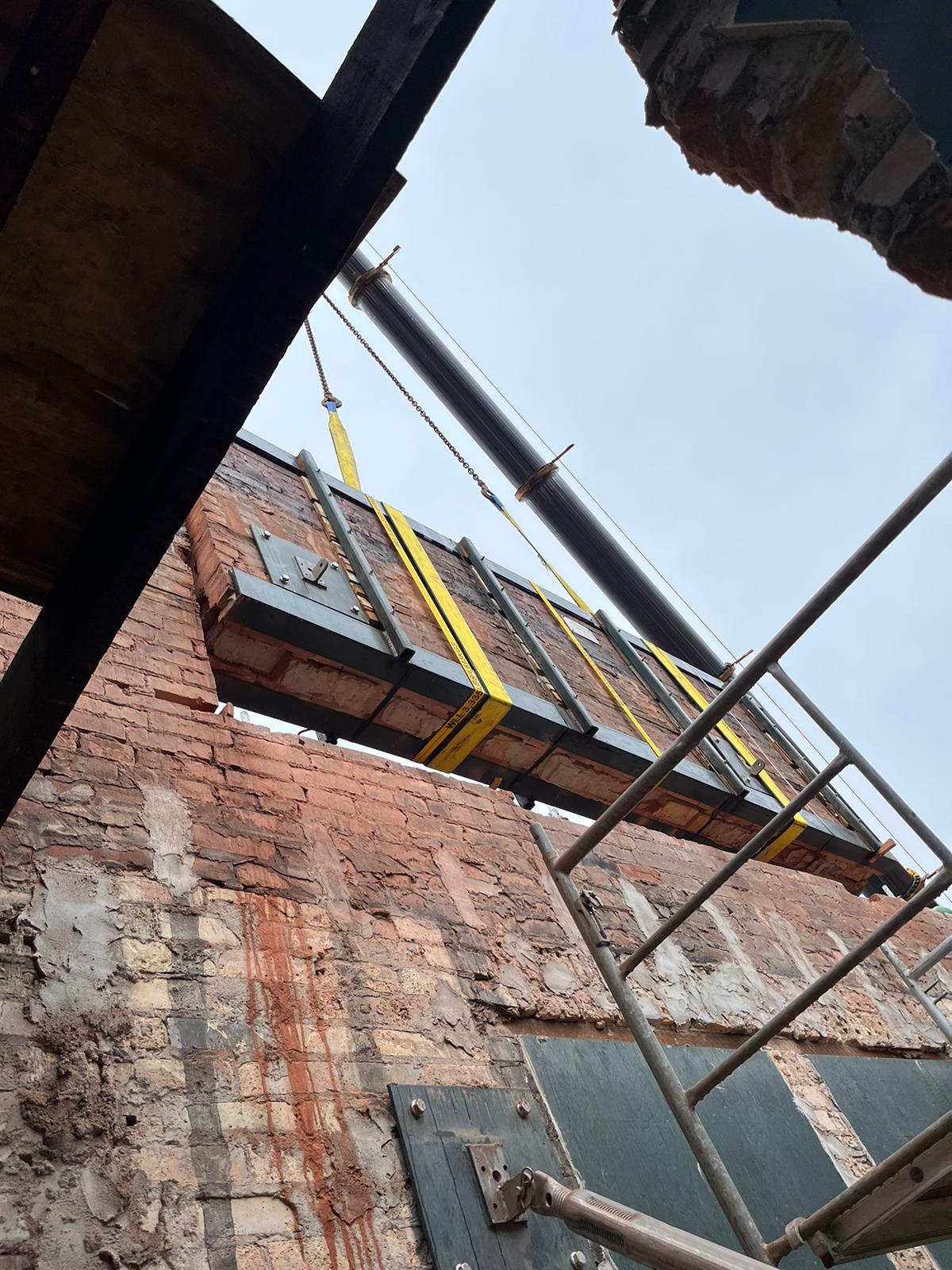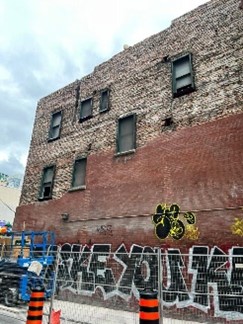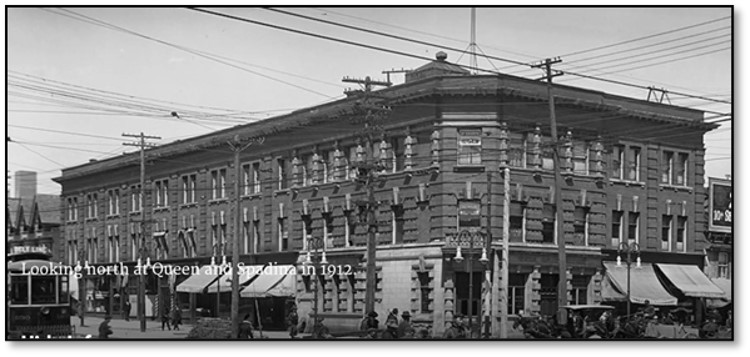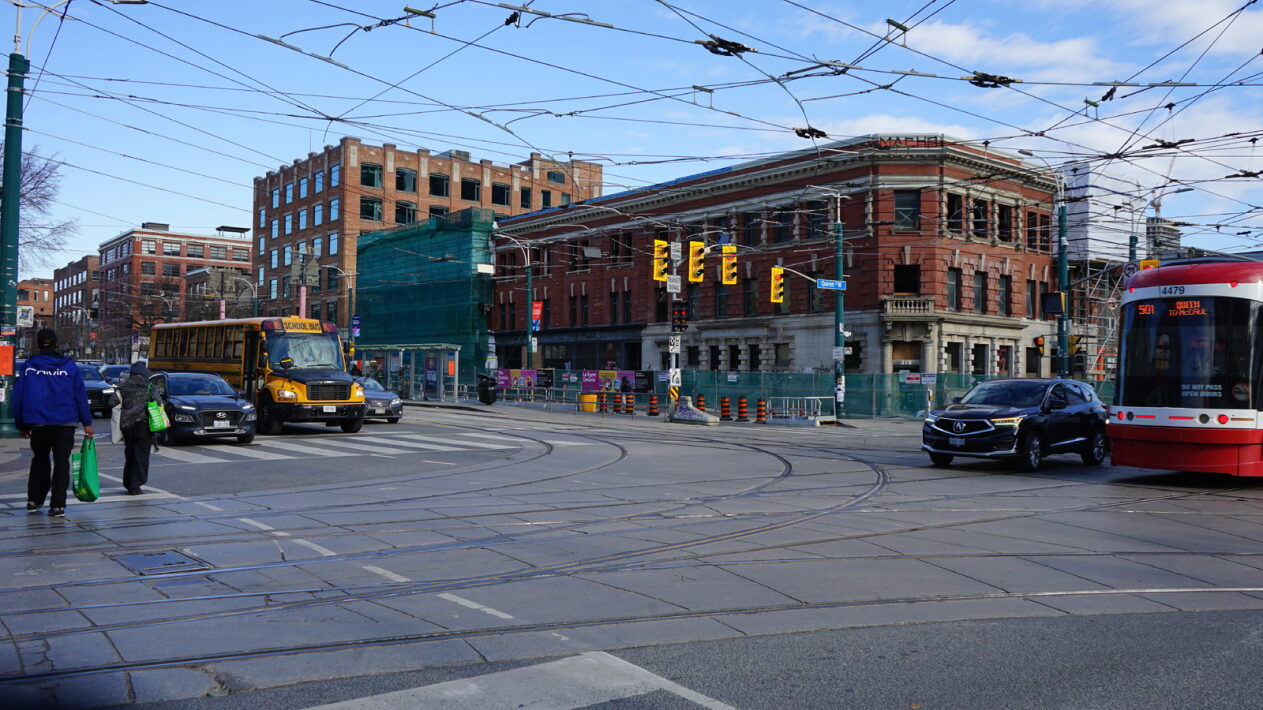
Ferrovial is helping to build the Ontario Line, a subway line that will run through the heart of downtown Toronto, encompassing 15.6 kilometers (9.7 miles) of tunnels and 15 new subway stations. Ferrovial Construction has partnered to form the Ontario Transit Group, a joint venture to deliver the Ontario Line – Southern Civil, Stations and Tunnel contract, which includes seven new stations along the future subway line, as well as 6 kilometers of tunnel.
This monumental project will improve access to public transportation, with goals to alleviate rush hour traffic, and benefit the environment by reducing the number of cars on the road.
It is also expected to enhance people’s quality of life by providing faster commutes: end-to-end travel time will be 30 minutes, as compared to the 70 minutes it takes on transit today.
But transforming the city comes with its challenges. The subway line crosses Toronto’s vibrant Queen Street West Heritage Conservation District, which prioritizes the preservation of the area’s cultural heritage while also allowing for evolution and growth.
As we carry out the project, we must respect and protect the neighborhood’s cultural identity and links with the past as we build the new infrastructure that will power its future.
The honor and responsibility of preserving heritage
The future Queen-Spadina Station will be located at the intersection of Queen Street West and Spadina Avenue, in the heart of the Queen Street West district.
One of the entrances to the station will incorporate a beautiful heritage building built in the early 1900s. The building has a red brick exterior, classically inspired stone columns, ornate embellishments including decorative stone brackets, and three different types of cornices.
This presents an exciting opportunity to put everyone who uses the subway, Torontonians and tourists alike, in direct contact with the city’s history.
Our job is to retain and preserve the heritage elements on the outside of the building while we demolish the interior and build a modern subway station, including a shaft that goes 35 meters (115 feet) down into the ground to connect with the underground subway line.
And if that doesn’t sound complicated enough, remember that this will all be happening in downtown Toronto. We must take care to minimize disruptions to the street or pedestrian traffic.
As you can imagine, some creative solutions are required.
Panelization
One part of the facade will be completely dismantled, transported to an off-site location, and safely stored for several years while we carry out the construction project. Then the pieces will be returned and reconstructed to become the facade of the new building when the project is finished in 2030.
To ensure that the facade is properly preserved, we are using a technique called panelization. Essentially, the facade was cut into 12 large panels. These were removed one at a time with a crane, put on a truck, and hauled off to a facility where they will be carefully stored.
There are also three types of original cornices that were dismantled piece by piece before being labeled, stored, and eventually reconstructed along with the rest of the facade.

Retention
Another part of the facade will stay in place during the entire project, which is called retention. For this preservation technique to be successful, the facade must be protected and secured before we demolish the rest of the building behind it.
First, we had to install 10 retention towers on the exterior to support the facade: 3 on the south side and 7 on the west side. These large towers are placed on the sidewalk, while still leaving space for pedestrians so the hustle and bustle of the city can continue as normal throughout the project.
The facade is attached to the retention towers with a steel structure to ensure it is fully secured before demolition.
Salvaging
Lastly, we are salvaged the classic red bricks from the other sides of the building so they can be used to restore the main facade in the future. These bricks need to be dismantled one by one to ensure they are well preserved.

Demolishing and construction
Once this important preservation work has been done, teams began demolishing the interior of the building and excavating the underground tunnel that will lead down to the subway line below the city.
Breathing new life into a heritage building
Our priority is to honor the unique cultural value of this treasured building as we transform it into a modern subway station that will be used by thousands of people every day.
This is just one more step in the continuous evolution of the building, which has been a buzzing hub of activity ever since it was commissioned by the Bank of Hamilton back in 1902.
Along with housing a branch of the bank, the original building was home to several local businesses, including an herb store, a cutlery store, an optician, a tailor, and a shoe-shiner. Residential apartments were located above the shops.
Over the course of the last century and into this one, the street-level businesses varied to reflect the changing needs and tastes of the city’s residents. But the look and feel of the building has always remained the same, and that identity is very important for us to preserve.
When the project is finished, the Queen-Spadina Station will have a commemorative plaque to help people better understand the historical significance of the building beyond its eye-catching facade.
It is sure to be an iconic stop on the Ontario Line as the new subway system makes Toronto more interconnected, enabling faster and more sustainable travel downtown and strengthening the bonds between the city’s past and future.







There are no comments yet